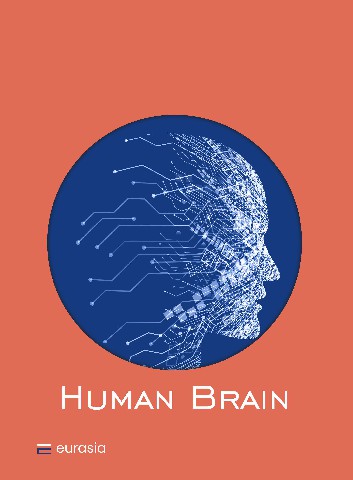Jizong Zhao
Human brain research is essential to neuroscience, and several generations of brain scientists have contributed to this field. In 1861, French surgeon Pierre Paul Broca described two patients unable to speak after injury to the posterior inferior frontal gyrus of the brain through autopsy. This work lays the foundation for modern neuropsychology and cognitive neuroscience (Dronkers et al.,
2007). Furthermore, the deficit in language production was known as Broca’s aphasia, and the approximate region involved in the brain was named Broca’s area. In 1907, a German neuropathologist Alois Alzheimer described the presence of extraneuronal senile plaques and intraneuronal neurofibrillary tangles in the case of brain autopsy from a patient who had progressive presenile dementia with general cortical atrophy (Trejo-Lopez et al., 2022). The neurodegenerative disorder was later named Alzheimer’s disease (AD). Several approaches have emerged in the past century regarding the diagnostic technologies and underlying mechanisms of AD to diagnose AD. However, the two original biomarkers (i.e. senile plaques and neurofibrillary tangles) discovered by Dr Alzheimer are still considered the “golden criteria” for the neuropathological
diagnosis of the disease.
With the rapid progress of modern neurology and neurosurgery, several novel techniques have been invented to obtain detailed information from the human brain and/or obtain human brain tissue samples with various physiological and pathological conditions. These techniques mainly include neuroimaging (such as computed tomography, magnetic resonance imaging, positron
emission tomography, magnetoencephalography, and electroencephalography), neuro-intervention, and microneurosurgery. On the other hand, further progress of radiosurgery, psychosurgery, robotization, biotechnology, and nanotechnology may also facilitate human brain research (Nikova & Birbilis, 2017). The developments in all these
technologies have paved the way for a new era of brain research.
The Brain Research through Advancing Innovative Neurotechnologies (BRAIN) Initiative was announced in 2013 by the US government, focusing on innovative technologies for a better understanding of the human brain and further
diagnosis, prevention, and treatment of brain disorders (Insel, 2013). The same year, the Human Brain Project, a European Commission Future and Emerging Technologies Flagship, was also started.
However, it remained controversial due to the decreased emphasis on experimental neuroscience and the brain itself (Frégnac & Laurent, 2014). The China Brain Project was first proposed in 2016 with a framework of “one body, two wings”, 107 Jizong Zhao (2022)
